I test bicycles for a living, here are the 5 must-have features to look for when buying a budget gravel bike
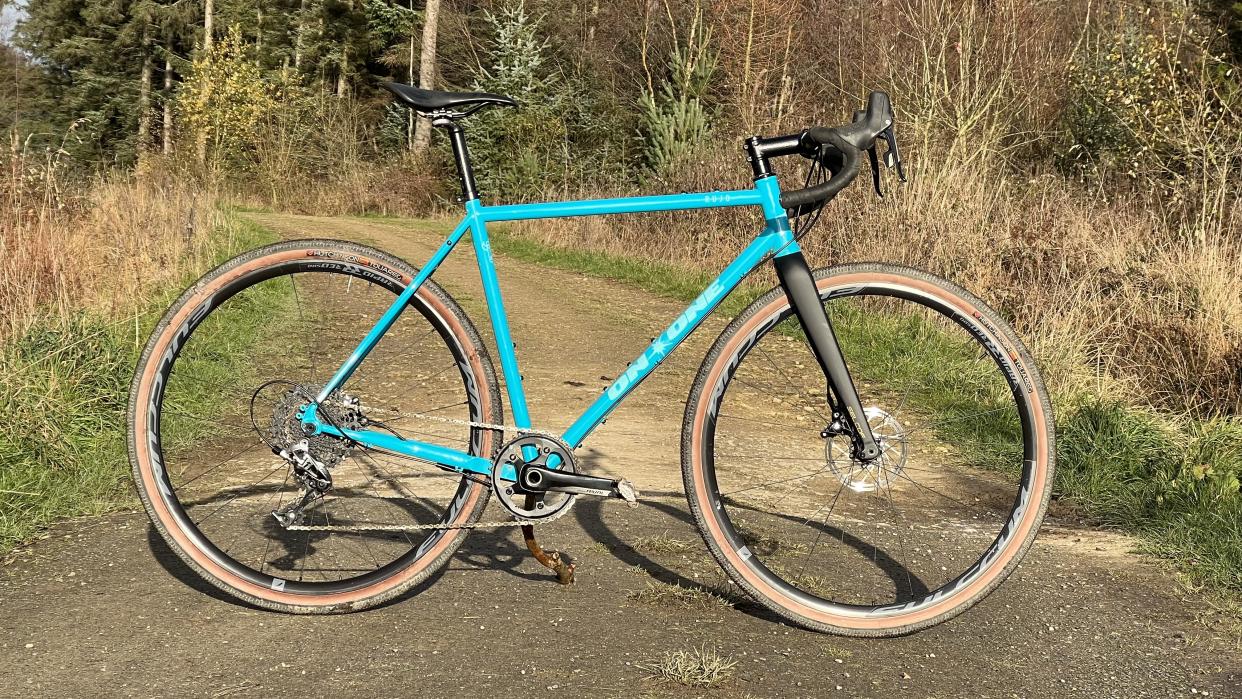
Testing bikes for a living has taught me a huge amount about what really matters if you want to get maximum fun and performance out of your gravel bike. If you pick carefully, the important things don’t have to cost a fortune either. So here are my top five essential elements of the best budget gravel/all-road bikes.
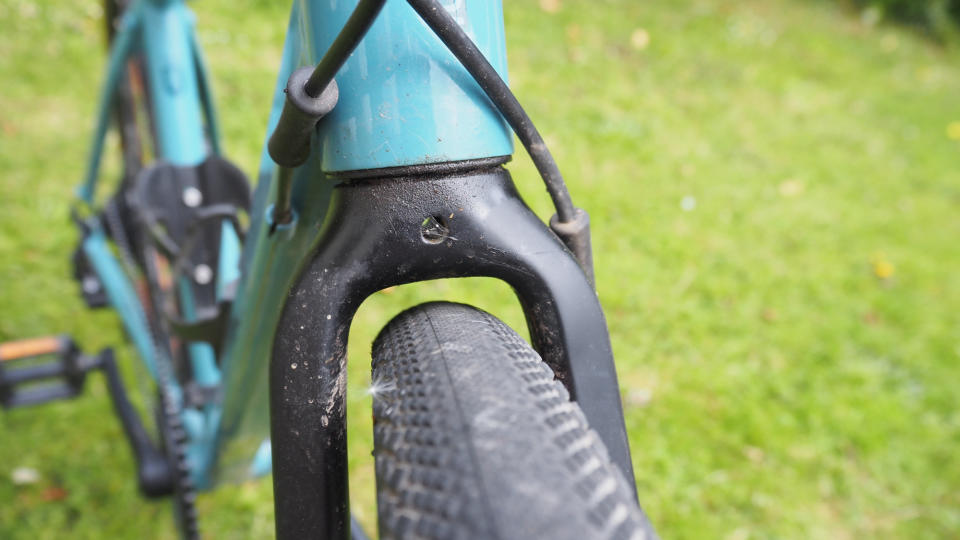
1. Big tire space
I’ve ridden some really horrible, clunky frames that feel and look like they’re made from scaffold pipes. Stick high volume tires on them though and you’d be amazed how much better they ride. Big tire space also means you can fit mudguards and/or ride through mud without getting clogged up. That’s particularly important if you’ll also be using your bike for commuting or daily driver duties.
40mm tire clearance should be seen as the minimum, but if you can find a cheap bike that can take a 50mm tire, then having that option is fantastic.
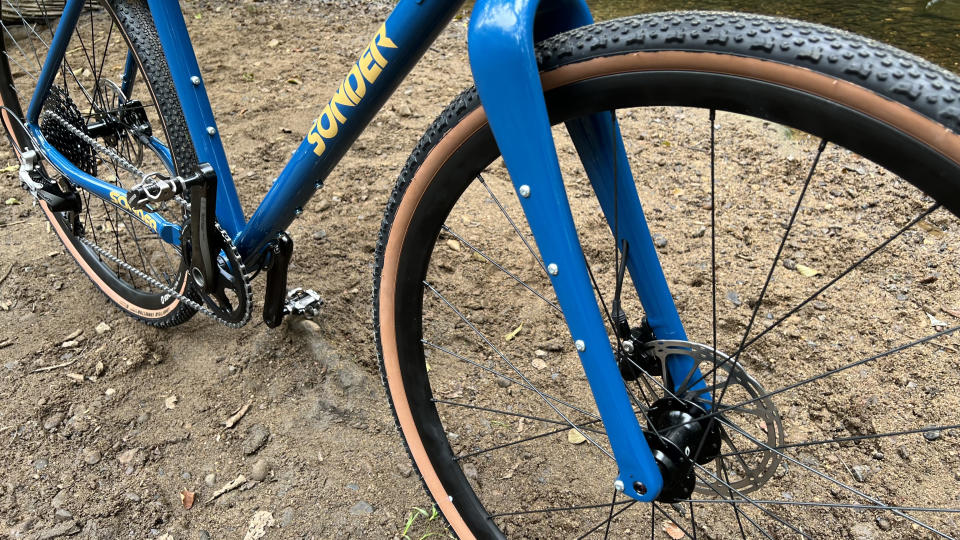
2. Carbon fork
I know, I know, carbon sounds like a pretty spendy thing to be looking for on a ‘budget’ gravel bike. However, if you shop carefully you can get carbon forks on bikes from £600 upwards and they make a massive difference. Not so much the weight they save compared to alloy and steel forks, but the difference in ride quality. So if you can possibly stretch your budget to get some black fiber between your wheel and your frame it matters way more than the quality of the other components.
Oh and on the subject of steel forks – avoid them at all costs if you can, or your hands, wrists and shoulders will end up hating you after every ride.
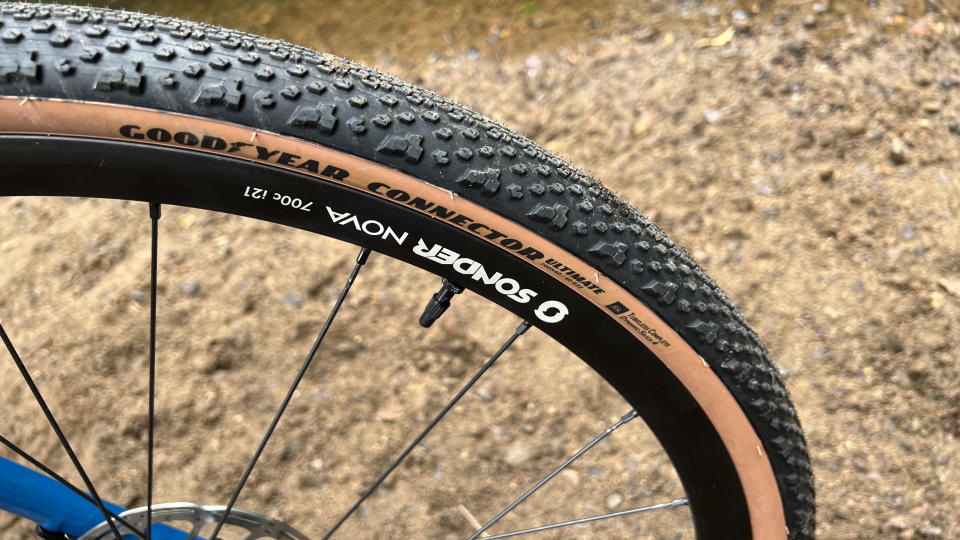
3. Tubeless rims
You’ll sometimes need to do a bit of sleuthing to find out what is and what isn’t a tubeless rim. It’s definitely worth rummaging around in the depths of an online spreadsheet though, just to be sure that your hoops will be happy holding onto your tires without the need to run an inner tube. That’s because swapping an inner tube for tire sealant not only plugs punctures before you even know you’ve got them, it also lets you run lower pressures for a smoother, safer ride.
Just to be clear, don’t expect tubeless tires and sealant on a budget bike, you’ll have to add those yourself later. Just having the rims ready to go is a big deal though, so well worth looking for.
4. Through-axles
Your cheap bike will almost certainly come with cheap, heavy wheels which slow down acceleration and deaden the ride vibe. That makes upgrading to some lighter, livelier wheels one of the best ways to improve your ride. However, most decent quality gravel wheels now use 12mm through-axles that screw into the frame and fork. This also makes them more secure over rough ground than QR skewers.
However, if do you get a bike with old-school QR skewers (thin skinny steel rods with a flip-over lever on the end), there’s no way to use bolt-through wheels with the frame or forks. That means upgrading will be harder (but not impossible) and the wheels won’t be as secure either.
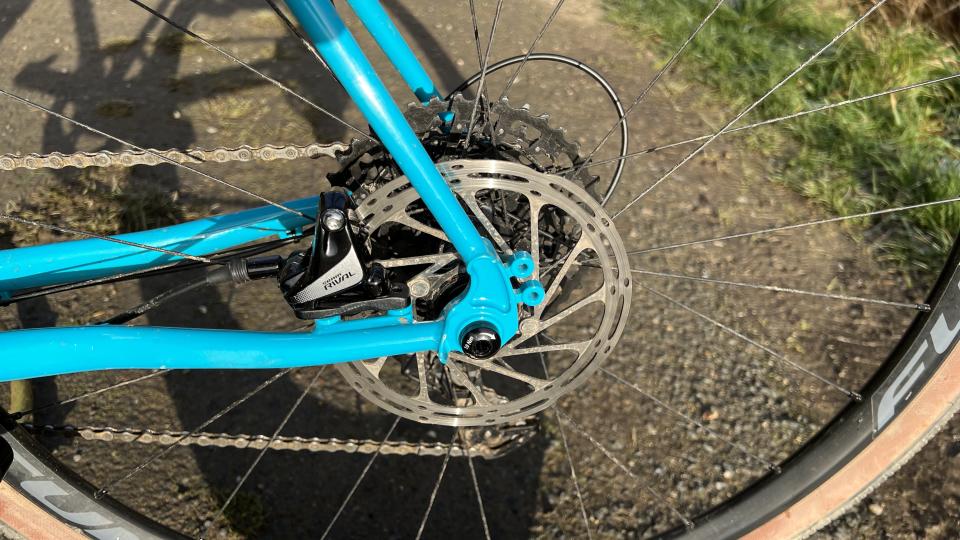
5. Hydraulic disc brakes
Even if you’re buying direct, then you’ll be north of four figures before hydraulic disc brakes are on the menu rather than cable-pull versions. So while, you're unlikely to find them on the cheapest bikes, it's worth spending a bit more for hydraulics if you can.
Using oil rather than wires to actuate the brake calipers gives a more direct feel at the lever and more power as a result. Because the oil has a reservoir, they top up automatically as pads wear and there are no cables to seize up either. That means less adjustment and servicing to worry about, especially when it’s wet.

